Podcast: Play in new window | Download
Subscribe: RSS
Lindsay Pedersen is a brand strategist who views brand as a blend of science, intuition, behavioral economics, and ancient storytelling. She developed the Ironclad Method ™ while building brands with companies such as Starbucks, Clorox, Zulily, T-Mobile, IMDb, and burgeoning start-ups. Lindsay is also the author of Forging an Ironclad Brand, A Leader’s Guide.
Takeaway Quote:
“The key to brand differentiation is understanding “What do you do really well that’s also really hard””
Show Timeline:
1:15 Lindsay tells us about her experience differentiating Clorox bleach taught her about brand
4:10 Distinguishing between ‘communicating’ and ‘persuading’
10:35 Differentiating between brand position and brand promise
16:36 Two criteria for evaluating your brand
18:55 The concept of an ‘uncommon denominator’ and the critical role it plays in building your brand
24:00 How to distinguish yourself from the competition
27:14 The concept of being ‘optimally distinct’
28:55 How to foster customer love to amplify your brand
Links:
Click here for Lindsay’s Book; Forging An Ironclad Brand: A Leader’s Guide
Website: www.ironcladbrandstrategy.com
Twitter: https://twitter.com/lindsaycpederse
LinkedIn: https://www.linkedin.com/in/lindsaypedersen/
Want more?
Stephen Wershing: www.TheClientDrivenPractice.com/checklistblog
Julie Littlechild: www.absoluteengagement.com/blog
Episode Transcript:
Steve Wershing:
Welcome to Becoming Referable. The podcast that shows you how to become the kind of advisor people can’t stop talking about. I’m Steve Wershing. In this episode we talk with Lindsay Pedersen, Brand Strategist and author of Forging an Ironclad Brand. Lindsay points out that brand is not marketing. It’s actually the leader’s responsibility because brand is the total experience that people have with your firm and what the public thinks of you as a result. In our conversation, we discover what brand is, why it’s important to be distinct, but not too different, a concept she refers to as optimally distinct. And we discuss the importance of having a brand that is both big and narrow, how you can balance the two and why your brand needs to be both. And listen through to the end where we talk about the importance of increasing customer love and how that’s probably different than you think.
It’s a great conversation where we cover a lot of ground related to how you can create the kind of brand that attracts more clients. And so with that, let’s go to our conversation with Lindsay Pedersen. Lindsay Pedersen, welcome to the Becoming Referable Podcast. We’re so happy to have you.
Lindsay Pedersen:
Thank you so much for having me. I’m glad to be here.
Steve Wershing:
So when we talk about brand, we talk about how to distinguish yourself from other firms vying for the same clients. Now you cut your teeth at Clorox, which strikes me as something that could be a challenge to differentiate. Can you tell us a little bit about your experience there and how that informed your ideas about brand?
Lindsay Pedersen:
Yes, absolutely. I spent about six years in brand management at Clorox and worked on kind of what we call the mother brand, Clorox Bleach, but also worked on other categories; cat litter and trash bags and Brita water filters. And the thing about consumer packaged goods companies like Clorox or Proctor and Gamble, is that our products are fairly similar and in some cases truly parity with our competitor’s products. And yet in that environment, the preferred brands, so Clorox for example, for Clorox Bleach, they, even though the product is parity, we still own most of the market and we charged about double the price of a store brand bleach. So what I learned is that the tangible product is only part of the customer experience. That all of the things that surround the actual, the liquid, the sodium hypochlorite bleach, that’s merely a kind of an artifact. It’s the carrier for the customer experience.
But the feelings that they have as a result of using it are what constitute the brand and what allowed us to have more market share despite our price premium. So it’s kind of the crucible. If you can do that in an environment where your product is the same, then you can do it in any environment. So that’s my appreciation for using brand as a source of differentiation came from this environment where you had to do that. Darwinistically, you have to have differentiation in order to have a successful thriving business, which we did at Clorox. So that now is the same principle that I encourage all leaders to appreciate and embrace. Which is that your product, the thing that you bring in a tangible sense is really only part of the story. And it’s not usually the thing that alone is creating the most value for your customer. So understanding that whole, that whole product experience, that whole customer client experience enables you to bring them more value.
Steve Wershing:
And that’s a great place to start because your point is really well taken. If you can differentiate, if you can differentiate sodium hypochlorite then you’ve got a good start on that. So you have a new book, Forging an Ironclad Brand, which has lots of really good advice for people on what a brand is and how to build one and then how to promote it. But I’d like to actually start in the forward, which is kind of unfair because you didn’t write it. But in your forward there’s a point made about the difference between communicating versus persuading and I thought that was important enough that I still wanted to ask you a little bit about that. So can you tell us a little bit about that distinction?

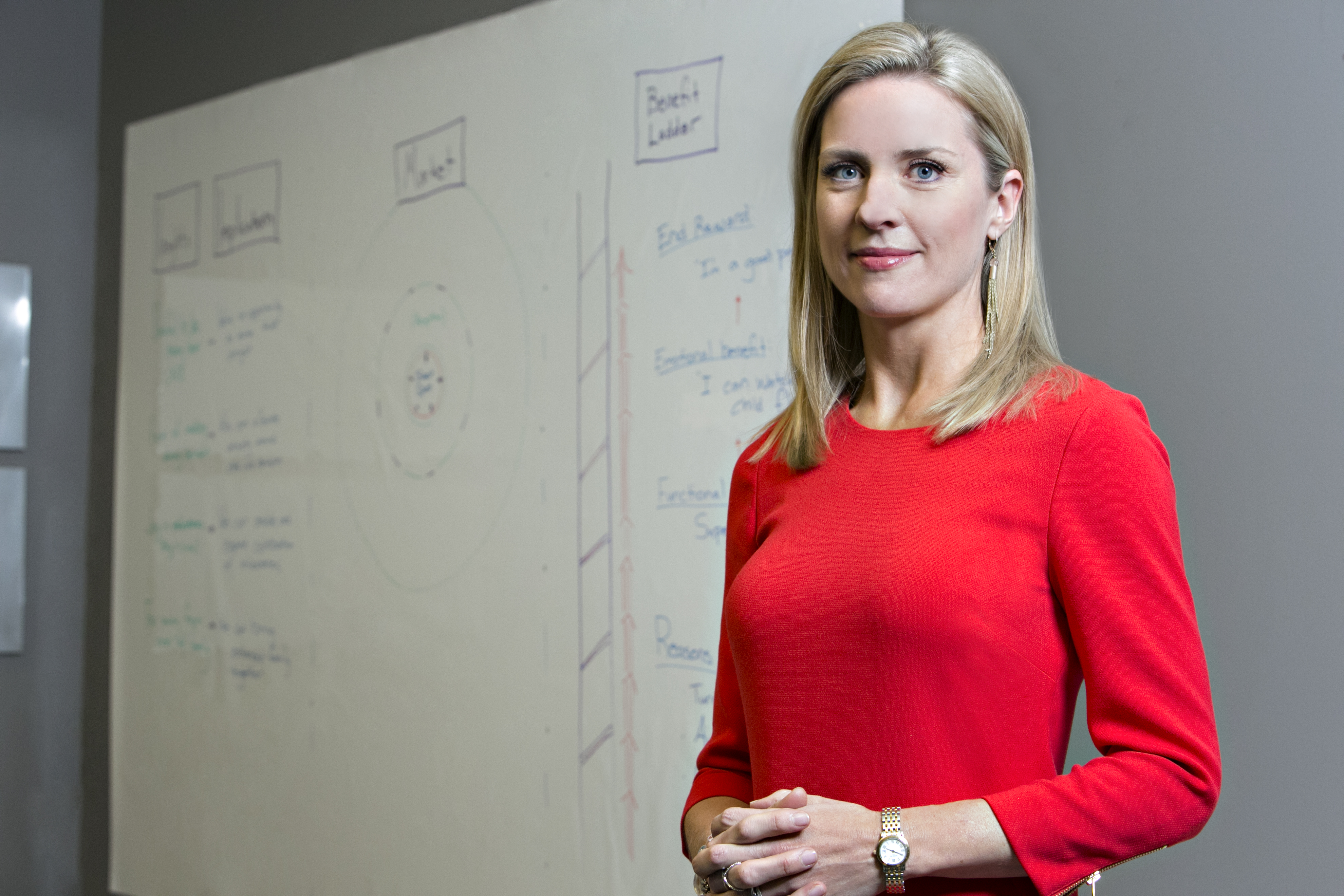

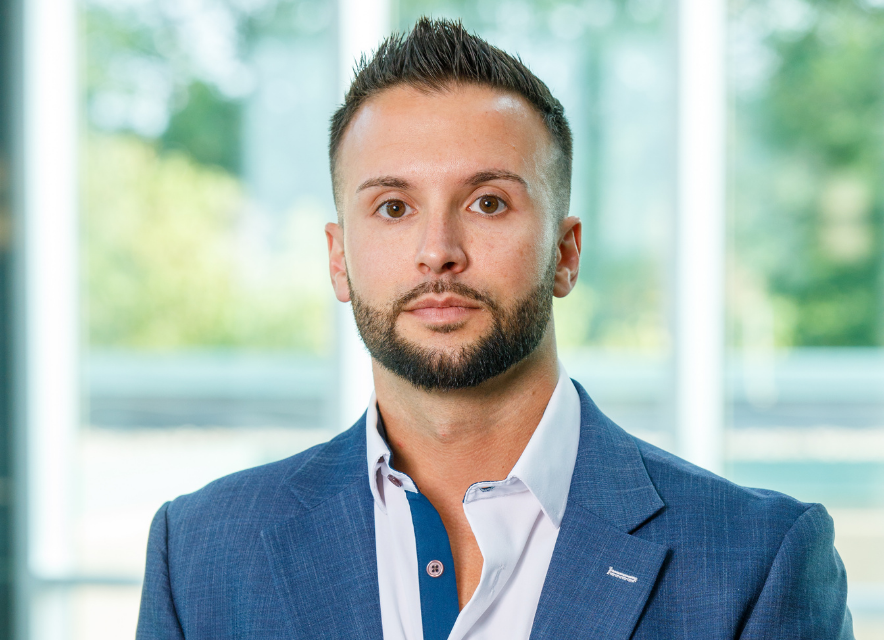
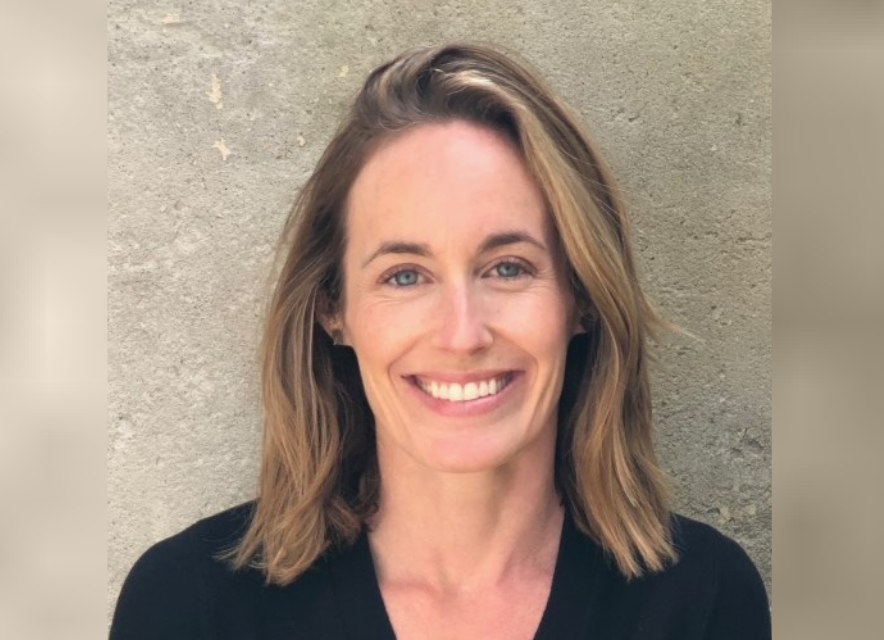
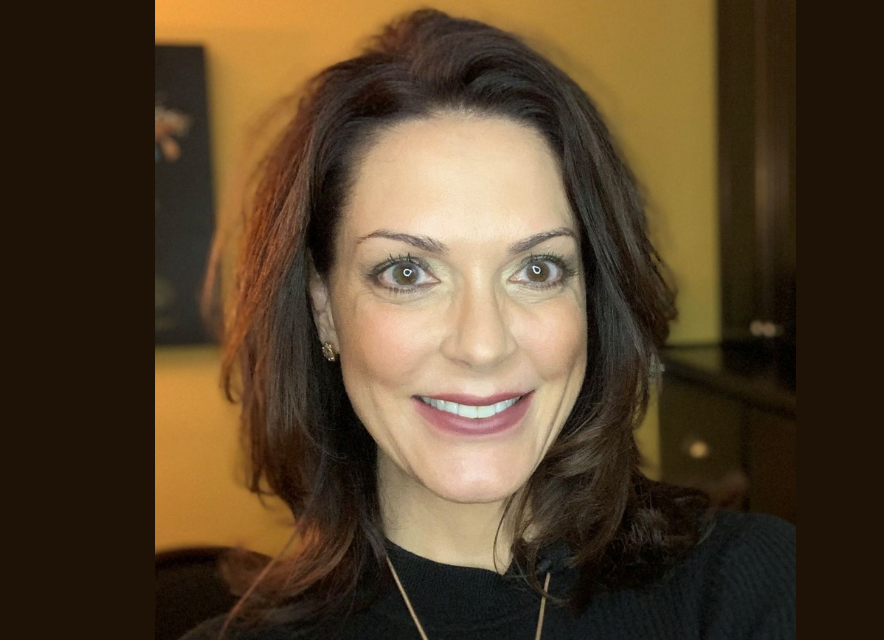
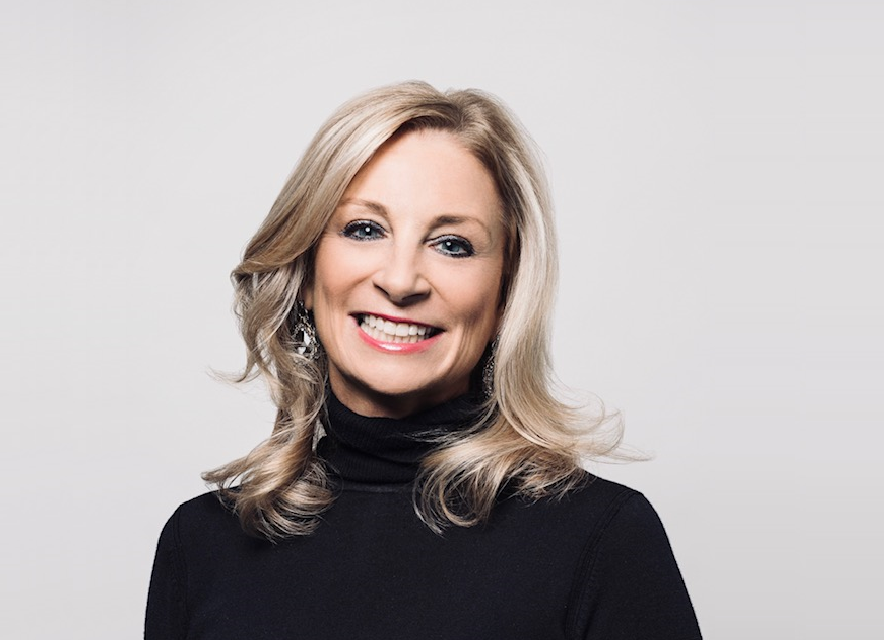
Leave A Comment